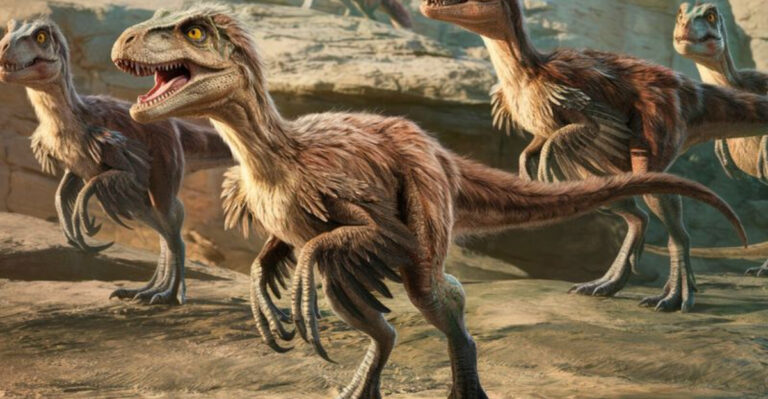Bird Once Considered Extinct Returns To Europe After 300 Years
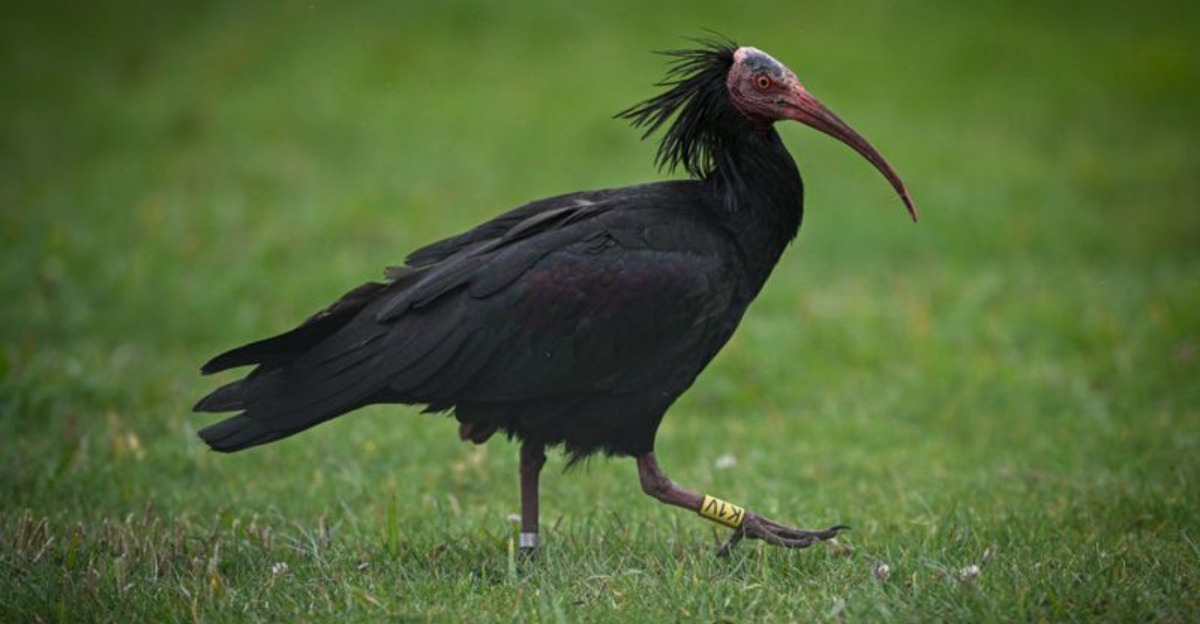
Imagine a ghostly figure from the past suddenly reappearing in our modern world. That’s exactly what happened with the Northern Bald Ibis, a striking bird that vanished from European skies three centuries ago.
Scientists thought this unique creature was gone forever until conservation efforts brought it back from the brink of extinction. Its return marks one of wildlife conservation’s greatest comeback stories.
1. Returning Against All Odds
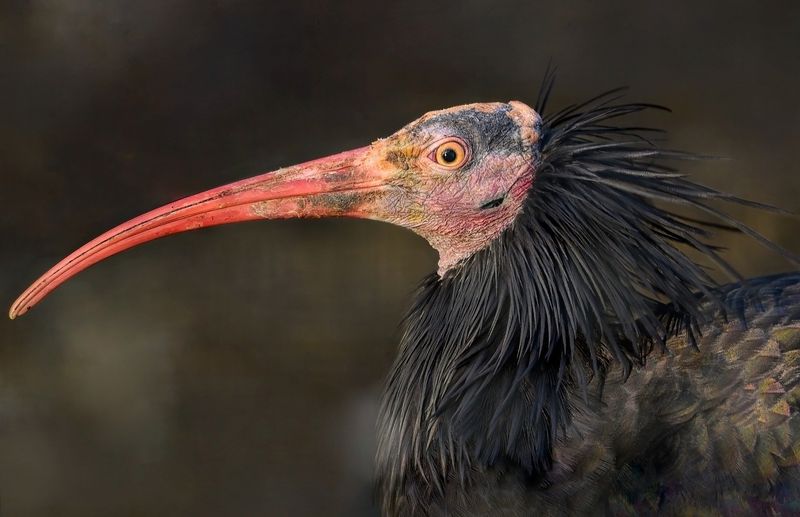
Like a feathered Lazarus, the Northern Bald Ibis has defied extinction against impossible odds. This distinctive bird with its bald red face and iridescent feathers disappeared from European wild spaces around 1700.
For centuries, scientists believed the species was lost forever in Europe, surviving only in tiny populations in Morocco.
2. Ancient Egyptian Rock Star

Hieroglyphs don’t lie – this quirky bird was ancient Egypt’s avian celebrity! The Northern Bald Ibis was so revered that it earned its own hieroglyphic symbol and was associated with Thoth, the god of wisdom.
Mummified ibises have been discovered in Egyptian tombs, showing how culturally significant these birds were to ancient civilizations.
3. Triple Threat Disaster
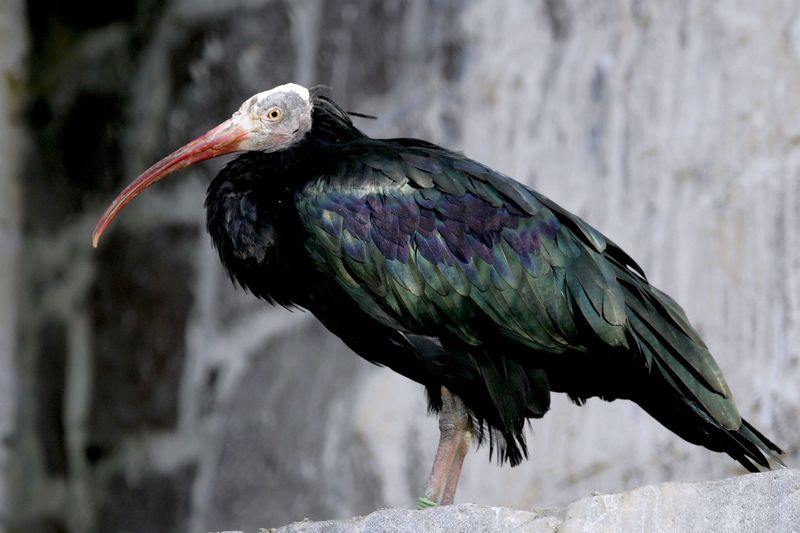
What caused this remarkable bird to vanish? A perfect storm of threats conspired against it. Habitat destruction eliminated nesting sites, while hunting decimated adult populations.
Climate change altered migration patterns, confusing young birds. Together, these pressures pushed the Northern Bald Ibis past its survival breaking point in Europe.
4. The Syrian Survivor
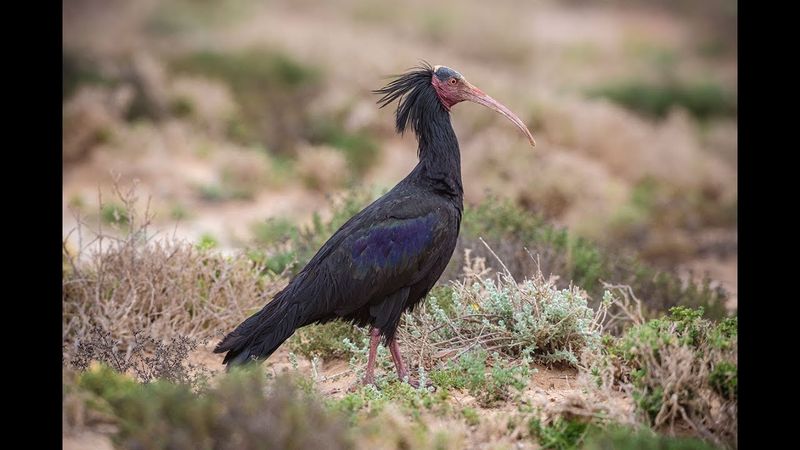
Meet Zenobia, the last wild migratory Northern Bald Ibis in the Middle East. Named after an ancient queen, this remarkable female bird was discovered in 2002 in Syria, providing crucial migration data to scientists.
Her tracking device revealed the ancient migration route between Syria and Ethiopia that conservationists now use to help reintroduced birds.
5. Hollywood Inspiration

Remember that heartwarming 1996 movie where a girl teaches geese to migrate using an ultralight aircraft? That film – ‘Fly Away Home’ – inspired real-life conservation heroes!
Scientists adapted this same technique to teach captive-bred Northern Bald Ibises their ancestral migration routes between Austria and Italy. Sometimes, life beautifully imitates art.
6. European Union To The Rescue
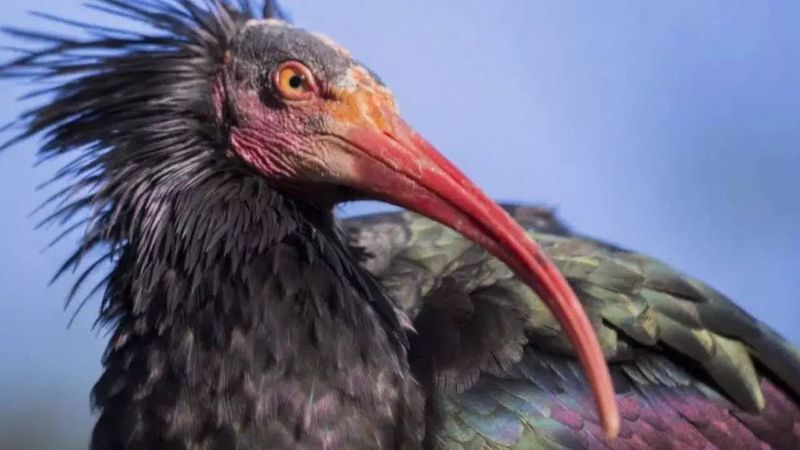
When it comes to saving endangered species, money talks. The EU’s LIFE+ program stepped up with crucial funding to save the Northern Bald Ibis.
This financial support enabled breeding programs, habitat protection, and migration training. Without this investment, the bird’s European comeback story might never have happened.
7. Cross-Country Collaboration

Saving the Northern Bald Ibis required an international team effort. Austria, Germany, Italy, and Spain joined forces in what became conservation’s version of the Avengers.
Each country manages different aspects of the reintroduction process. Austria handles breeding, while Spain provides safe wintering grounds, creating a complete life-cycle support system.
8. Counting Up Success

From zero to hero! The European Northern Bald Ibis population has grown from complete extinction to nearly 300 birds in just three decades.
While still endangered, this population milestone represents hope for conservationists worldwide. Each new wild-born chick proves that even the most dire extinction situations can be reversed with dedication.
9. High-Tech Bird Tracking

These birds fly with their own mini GPS systems! Each reintroduced Northern Bald Ibis wears a lightweight tracking device that sends real-time location data to scientists.
This technology has revealed previously unknown aspects of ibis behavior and helped identify dangerous areas along migration routes. Conservation now happens in real-time, with immediate interventions when birds face threats.
10. Colony Creatures
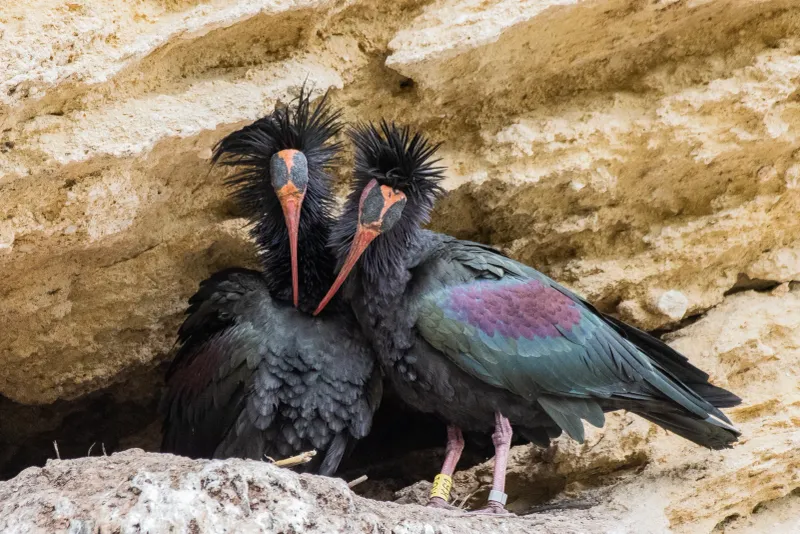
Northern Bald Ibises are the apartment-dwellers of the bird world! Unlike many endangered species, they thrive in close-knit social groups, nesting in dense colonies on cliff edges.
This colonial nature actually helps conservation efforts. Once a few birds establish a nesting site, others quickly join, creating self-sustaining communities that grow naturally.
11. The Memory Challenge
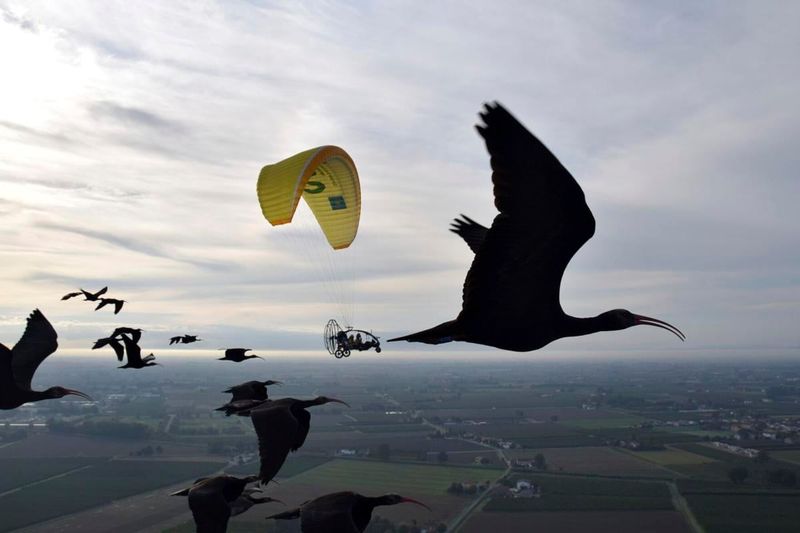
How do you teach a bird to migrate when that knowledge has been lost for centuries? This puzzle stumped scientists until they discovered that ibises learn migration routes rather than inherit them genetically.
Human “foster parents” had to fly alongside the birds in ultralight aircraft, physically showing them the way south for winter. Talk about hands-on parenting!
12. Distinctive Diners

With their long, curved beaks, Northern Bald Ibises are nature’s expert foragers. These specialized tools allow them to probe deep into soil for insects, small reptiles, and other delicacies that other birds can’t reach.
Their unique feeding style actually helps farmers by controlling agricultural pests naturally, creating a win-win relationship between birds and humans.
13. Climate Change Complications
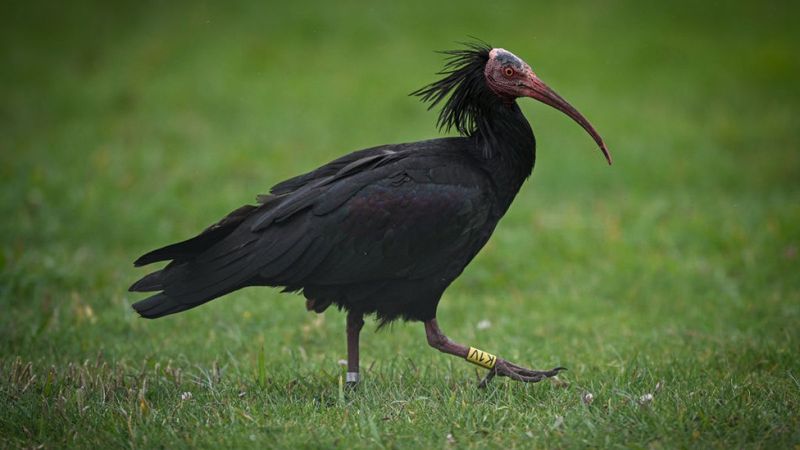
Global warming throws a wrench into the Northern Bald Ibis comeback story. Rising temperatures alter the timing of insect emergence, creating a mismatch between when chicks hatch and when food is available.
Conservation teams now monitor these shifts closely, sometimes providing supplemental feeding during critical periods to ensure chick survival in our changing world.
14. Future Flight Path
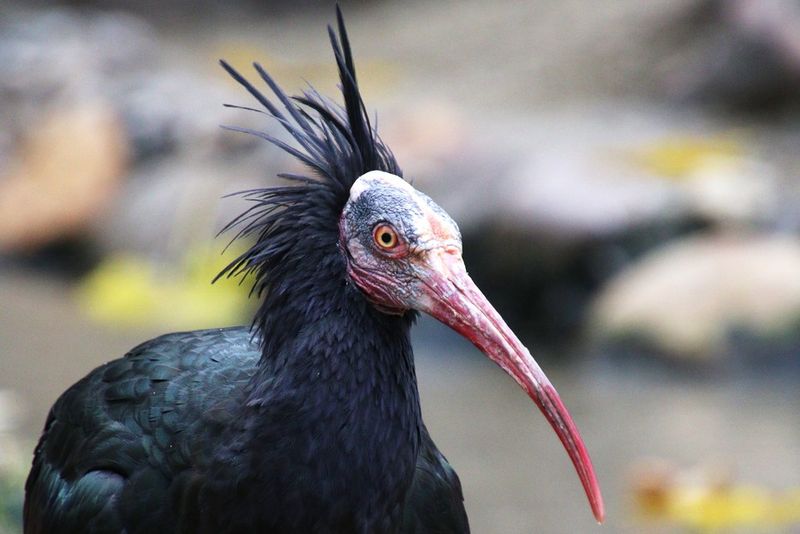
What’s next for Europe’s returning avian celebrity? Conservation goals include establishing at least three self-sustaining wild populations across different European countries by 2030.
Genetic diversity remains a concern, with scientists carefully managing breeding to avoid inbreeding. With continued protection and public support, these remarkable birds could fully reclaim their European homeland after three centuries of absence.




